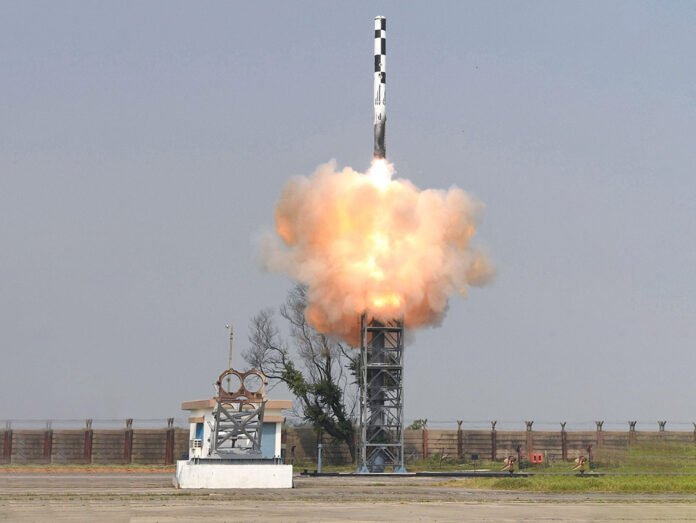Alegacy of ingenuity: the roots of Indian defence innovation: The history of innovation in India is deeply tied to its journey as a sovereign state and its need to safeguard its borders in a turbulent neighbourhood. Soon after independence in 1947, India faced security challenges that demanded self-reliance in defence. Early conflicts such as the wars of 1962, 1965 and 1971 revealed a stark dependence on foreign weapons and technology. This dependence created a vulnerability, but it also sparked a movement toward building indigenous capability.
The government established the Defence Research and Development Organisation (DRDO) in 1958 to consolidate scattered research units into a single entity focused on developing indigenous systems. The first decades saw humble but significant innovations: anti-tank missiles, basic radar systems, and early versions of surface-to-air defence solutions. Indigenous gun-locating radars and prototypes of light combat aircraft were conceptualised, though they often struggled against the backdrop of limited resources and restrictive global technology regimes.
Even during those years, however, India’s spirit of innovation was evident. The green shoots of innovation planted then, laid the foundation of a vibrant defence ecosystem. These pioneering efforts coincided with India’s broader scientific and industrial aspirations, reflected in national plans to integrate science, technology, and innovation into economic and strategic policy frameworks.
From aspiration to achievement: India’s present-day defence innovation
Fast forward to the present, and India is no longer a peripheral player in global defence technology. It has become a nation that not only meets its own needs in critical areas but also exports weapons and systems to friendly countries. This transformation stems from decades of investment in indigenous research, as well as industrial policies designed to create a sustainable innovation culture. The result is an arsenal of advanced systems that rival global benchmarks.
Today, India is no longer a peripheral player in global defence technology. It has become a nation that not only meets its own needs in critical areas but also exports weapons and systems to friendly countries. This transformation stems from decades of investment in indigenous research, as well as industrial policies designed to create a sustainable innovation culture. The result is an arsenal of advanced systems that rival global benchmarks
Among the most trailblazing achievements is the Akash Weapon System – a medium-range surface-to-air missile with multi-target engagement capabilities and a layered command-and-control architecture. BRAHMOS, the Indo-Russian supersonic cruise missile, stands as one of the fastest in its class, with land, air, and sea launch variants. Indigenous radars such as the Rohini, Aslesha, and 3D Tactical Control Radar form the backbone of a national air defence network.
In the field of land systems, the Arjun Main Battle Tank demonstrates how far indigenous innovation has progressed. Designed with superior firepower, mobility, and protection, it is a major leap forward for India’s armoured capabilities. Artillery advancements such as the Dhanush Gun System and the Advanced Towed Artillery Gun System (ATAGS) reflect India’s self-sufficiency in precision firepower. On the aviation side, the Light Combat Aircraft Tejas is widely regarded as one of the best in its class, while helicopters like the Advanced Light Helicopter (Dhruv) and Light Utility Helicopter (LUH) extend India’s reach and versatility in mountainous terrains and remote regions.
India’s defence industry is now firmly in the era of smart, integrated, and indigenous systems, a testament to a long and focused journey.
Indigenous Edge: India’s Growing Aatmanirbhar Defence Capability
India’s defence preparedness today is a testament to its robust and self-reliant ecosystem; one built on decades of indigenous innovation. While the systems deployed during Operation Sindoor drew attention, they are only part of a much larger narrative shaped by years of determined R&D led by DRDO. The organisation has consistently delivered modern, mission-ready platforms across land, air, and sea, strengthening India’s defence posture.
India’s defence preparedness today is a testament to its robust and self-reliant ecosystem; one built on decades of indigenous innovation. While the systems deployed during Operation Sindoor drew attention, they are only part of a much larger narrative shaped by years of determined R&D led by DRDO. The organisation has consistently delivered modern, mission-ready platforms across land, air, and sea, strengthening India’s defence posture
Among the landmark developments is the Dhanush Gun System, India’s first indigenously developed long-range artillery gun under the ‘Make in India’ initiative. With features like an inertial navigation-based sighting system, auto-laying capability, onboard ballistic computation, and advanced day-and-night firing systems, it provides unmatched mobility in mountainous terrains through its integrated self-propulsion unit, boosting the Indian Army’s precision and reach.
Adding to this artillery edge is the Advanced Towed Artillery Gun System (ATAGS), a future-ready, large-calibre platform engineered for precision deep strikes. Designed to fire Long Range Guided Munitions (LRGM), it features an all-electric drive for reliable and low-maintenance performance.
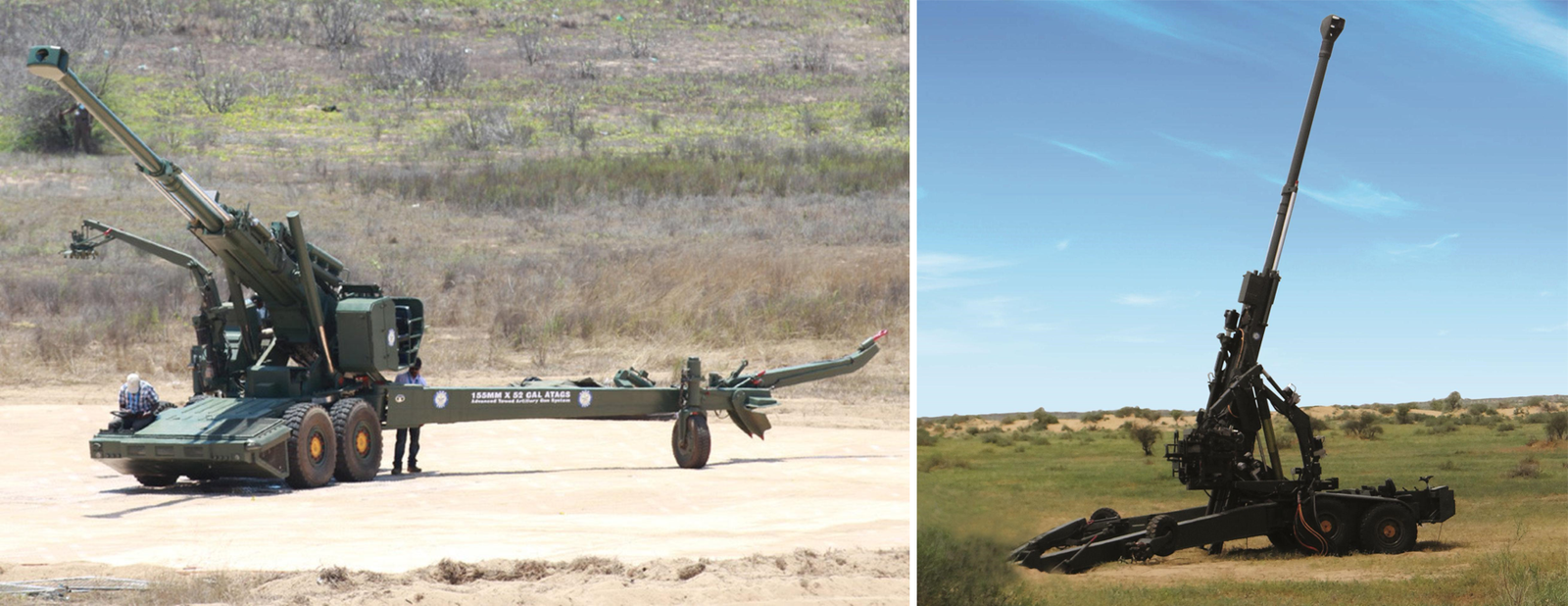
On ground combat fronts, the Arjun Main Battle Tank, developed by DRDO, represents a major milestone in India’s tank warfare evolution. Equipped with high-end firepower, advanced protection, and superior mobility, the Arjun integrates cutting-edge systems in engine, suspension, transmission, and gun control, delivering precision targeting and rapid response, even while in motion.
Another significant addition to India’s land-based combat systems is the WhAP (Wheeled Armoured Platform), which is an 8×8 amphibious wheeled armoured vehicle designed with a modular approach. Developed on a common platform, WhAP supports multiple configurations including Wheeled APC, Infantry Combat Vehicle, 105 mm Light Tank, Ambulance, Command Post Vehicle, CBRN Vehicle, and 120 mm Mortar Carrier. This versatility offers operational flexibility across a wide spectrum of mission profiles, enhancing soldier’s mobility.
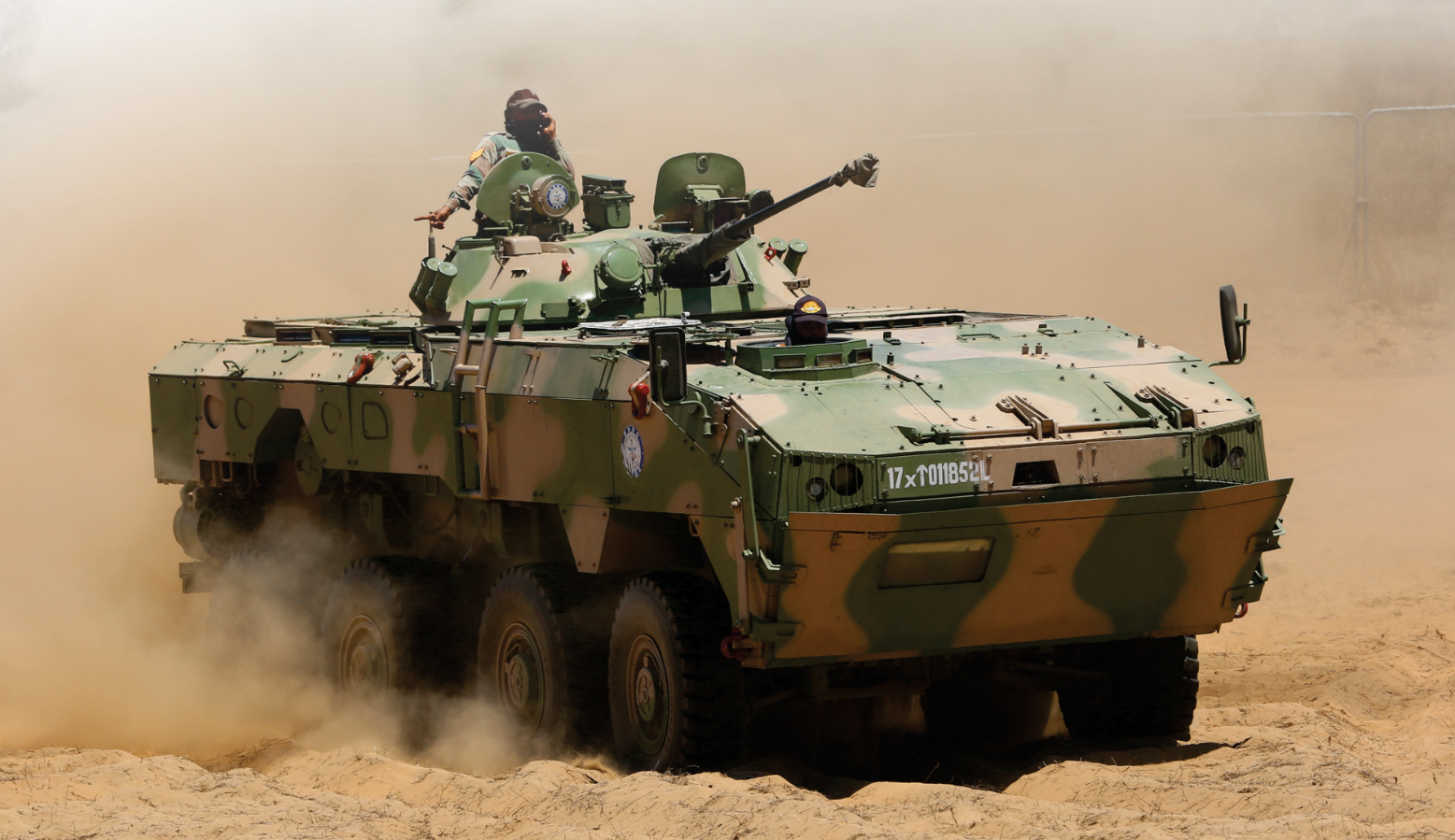
In the air, India has developed formidable assets such as the Light Combat Aircraft (LCA) Tejas, a multi-role fighter known for its agility and adaptability in Air Defence, Maritime Reconnaissance, and Strike missions. Its inherently unstable design offers superior manoeuvrability, while integrated systems like Multi-Mode Airborne Radar, Helmet Mounted Display, Self-Protection Suite, and Laser Designation Pod make it a true force multiplier in aerial combat.
The indigenous defence strength of India was dramatically showcased during Operation Sindoor, a counter-terror campaign executed on May 7, 2025. Sparked by the tragic terror attack in Pahalgam, Jammu and Kashmir, which claimed 26 Indian lives, the conflict demonstrated a new paradigm of precision and restraint
Another one in the arena of air defence, the Medium Range Surface-to-Air Missile (MRSAM) system, co-developed by DRDO and Israel Aerospace Industries (IAI), provides area and point defence against a spectrum of threats including fighter aircraft, UAVs, helicopters, sub-sonic & supersonic cruise missiles, and guided and unguided munitions etc. With a range of up to 70 km, the system can simultaneously engage multiple targets in high-density threat environments. Powered by an indigenously developed rocket motor and control system, MRSAM reflects India’s growing capability in airspace dominance.
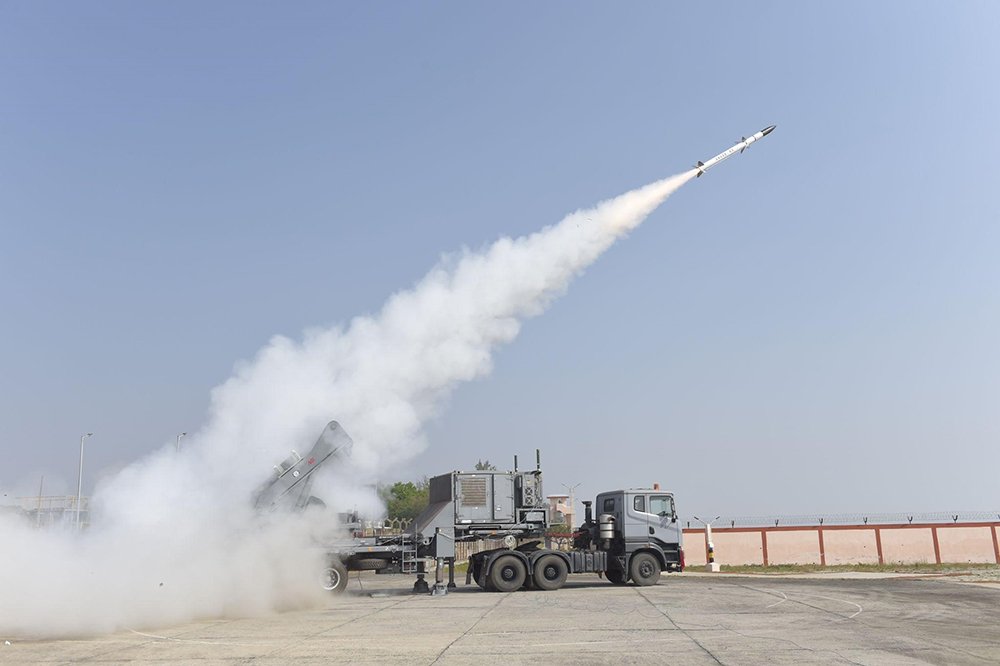
Strengthening this further is the Akash-NG (New Generation) surface-to-air missile system, developed to counter high-speed, low radar cross-section (RCS), and highly manoeuverable aerial threats. Designed with superior mobility, the Akash-NG features a compact ground system footprint and a canisterised launcher, improving deployability and reaction time, especially in dynamic conflict zones.
Recognising the evolving threat of drone warfare, India has also deployed the D4 Counter Drone System, capable of real-time detection, tracking, and neutralisation of targets. Using a combination of soft-kill and hard-kill technologies, the D4 system effectively neutralises threats.
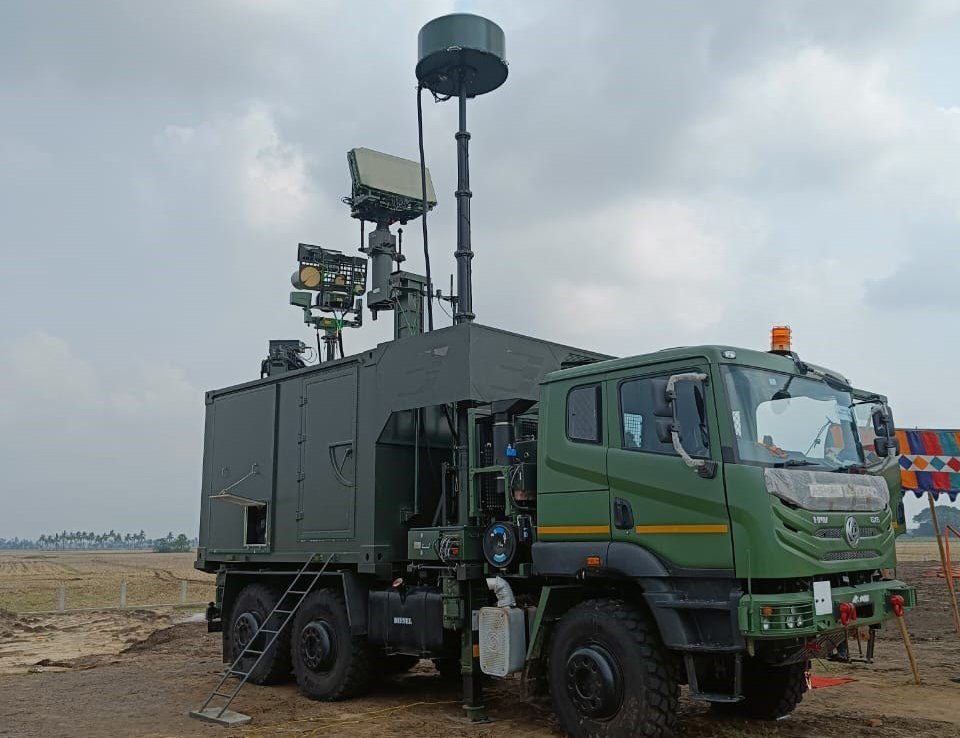
Beyond weaponry, India is also strengthening its battlefield communication infrastructure. The Compact Trans-horizon Communication System (CTCS), developed by DRDO, enables high data-rate connectivity between user stations and remote locations where civilian communication networks are not present. CTCS ensures rapid deployment of low-latency, wireless communications, making it ideal for operations beyond the Line of Control.
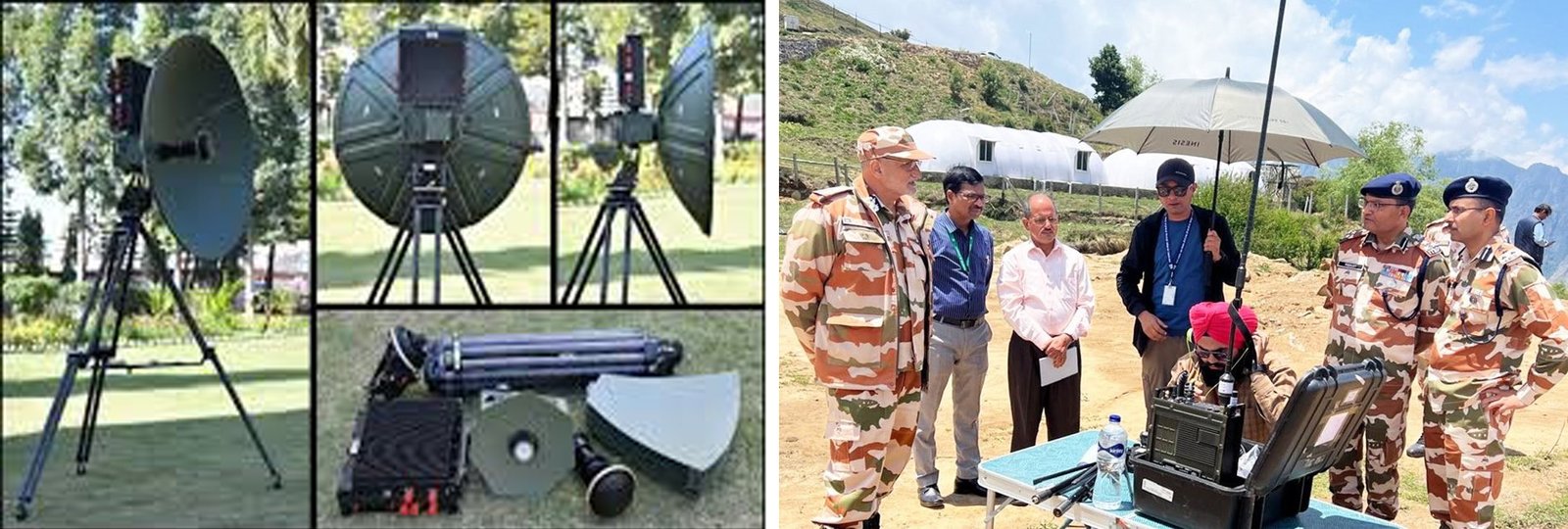
Together, these platforms, from precision artillery and advanced tanks to multirole aircraft and next-gen helicopters, form the backbone of a self-reliant, future-ready Indian defence ecosystem.
A test of mettle: Operation Sindoor
The indigenous defence strength of India was dramatically showcased during Operation Sindoor, a counter-terror campaign executed on May 7, 2025. Sparked by the tragic terror attack in Pahalgam, Jammu and Kashmir, which claimed 26 Indian lives, the conflict demonstrated a new paradigm of precision and restraint.
Without crossing the International Border (IB) or the Line of Control (LoC), the Indian Air Force carried out strikes on terror-linked infrastructure deep inside Pakistani territory. What made the operation remarkable was not just the pinpoint accuracy, but the fact that it was achieved using a suite of homegrown systems working seamlessly together.
At the heart of the operation were DRDO-developed Airborne Early Warning and Control Systems (AEW&C), which provided real-time surveillance and guided interceptor aircraft with unmatched precision. Akash missiles were deployed to create an airtight shield against retaliatory threats. The BrahMos missile, described by Defence Minister Rajnath Singh as a weapon that “showed Pakistan the light of day in the darkness of night,” was used with devastating effect against high-value targets.
India’s rise as a technology powerhouse is not limited to the armed forces. The broader ecosystem of science, technology, and innovation underpins this progress. Policies that encourage research and development, combined with initiatives like ‘Make in India’ and Aatmanirbhar Bharat, have driven public–private collaboration in defence manufacturing. These initiatives not only develop missiles or radars but also create jobs, boost manufacturing, and build a resilient economy
Supporting these platforms were radar systems like the 3D Tactical Control Radar, a stand-alone, medium-range, all-weather surveillance radar designed for the detection and identification of aerial targets; and Low Level Light Weight Radar, a compact, battery-powered surveillance sensor designed for mountainous terrain, capable of detecting and tracking low to medium altitude aerial threats such as UAVs, RPVs, helicopters, and aircraft, which provided layered situational awareness. These assets were linked through the C4ISR framework (Command, Control, Communications, Computers, Intelligence, Surveillance and Reconnaissance) ensuring a cohesive and lightning‑fast operational tempo. Pakistan’s own air defence networks were blinded through electronic warfare measures, allowing Indian assets to operate freely.
The mission lasted only 23 minutes, with zero collateral damage, underscoring a crucial shift in India’s military doctrine: target the perpetrators, not civilians. By deploying loitering munitions, precision-guided weapons, and advanced electronic warfare, India sent a clear message that its response to terror would be decisive, ethical, and technologically superior.
Building a technology powerhouse: beyond the battlefield
India’s rise as a technology powerhouse is not limited to the armed forces. The broader ecosystem of science, technology, and innovation underpins this progress. Policies that encourage research and development, combined with initiatives like ‘Make in India’ and Aatmanirbhar Bharat, have driven public–private collaboration in defence manufacturing. These initiatives not only develop missiles or radars but also create jobs, boost manufacturing, and build a resilient economy.
Furthermore, India has strategically leveraged its latecomer advantage, i.e. adapting existing global technologies while simultaneously investing in cutting‑edge areas like artificial intelligence, quantum encryption, and drone warfare. These initiatives are designed to ensure that India is not merely a consumer of global innovations but also a contributor and exporter.
The road to Viksit Bharat 2047
Operation Sindoor exemplifies how far India has come in combining indigenous innovation with operational excellence. But it also points to a broader national vision, the Aatmanirbhar Bharat campaign, which calls for self-reliance across sectors, deeply rooted in the belief that a strong defence industry is crucial for a secure and prosperous nation. By building its own weapons, India reduces dependence on imports, saves foreign exchange, and develops skills that have spillover benefits in civilian sectors such as aerospace, electronics, and advanced materials.
India’s emergence as an innovation nation and technology powerhouse is a story of perseverance, vision, and strategic focus. The guns, missiles, radars, and drone systems represent not just technological sophistication, but also a shift in India’s strategic mindset, from dependence to dominance, from import to innovation. From modest beginnings in the early years after independence to today’s network-centric warfare capabilities, India has redefined its place on the global stage. The success of Operation Sindoor is not an isolated event; it is a symbol of how decades of investment in indigenous technology translate into operational dominance
Looking ahead to Viksit Bharat 2047, India’s centenary of independence, the goal is to be a fully developed nation – secure, innovative, and self-sufficient. Defence technology will remain a pillar of this vision, not only because it safeguards sovereignty but because it embodies the spirit of innovation and resilience. The ecosystems built around DRDO, and numerous private sector partners are catalysts for a new era where India leads in high-end manufacturing, exports cutting-edge platforms, and contributes to global peace through strength.
India’s emergence as an innovation nation and technology powerhouse is a story of perseverance, vision, and strategic focus. The guns, missiles, radars, and drone systems represent not just technological sophistication, but also a shift in India’s strategic mindset, from dependence to dominance, from import to innovation. From modest beginnings in the early years after independence to today’s network-centric warfare capabilities, India has redefined its place on the global stage. The success of Operation Sindoor is not an isolated event; it is a symbol of how decades of investment in indigenous technology translate into operational dominance.
The path forward is clear: continue to nurture science, technology, and innovation not only for defence but as drivers of sustainable and inclusive growth. In doing so, India honours its past, secures its present, and builds a future worthy of the aspirations embodied in Aatmanirbhar Bharat and Viksit Bharat 2047; a future where India stands tall, not just as a military power, but as a beacon of innovation for the world.

